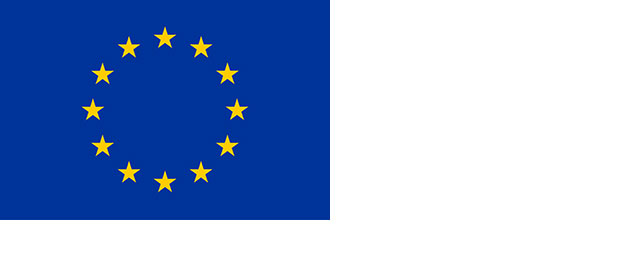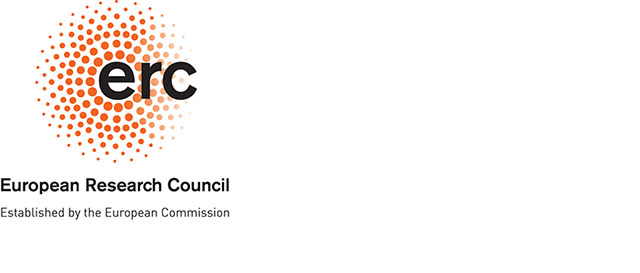Project Phases
The COBHUNI project was supposed to run for five years, from September 2015 until September 2020, and has been extended until February 2021. It is structured into five different project phases, each of 12 month duration:
Phase 1: Hadith material until 10th century
In a first step the complexity of Hadith material relating to the unborn has to be fully assessed, partly in its very dynamic relation to sections from the Qur’an in this time. Those texts contain several layers represented by the mentioned four fields of inquiry. Variants of the same hadith material in different transmissions can have significant repercussions on the transmitted content. Such variants will be gathered and assessed systematically.
The material is often framed as a discussion between Muhammad and Jews. For their discussions on pre-natal life Islam and Judaism both tapped into Greek medical concepts as a shared language. The diachronic development of this material will be analyzed as in communication with the Jewish tradition together with a post-doctoral researcher. Drawing on the previous work from the “Late Antiquity”-approach and Canonization Studies the foundations will be laid in this phase to study this Hadith material as in communication with material from the Jewish tradition. This study will continue throughout the project and be constantly informed by findings from the analysis of the commentary traditions.
In this phase the core team and the technical infrastructure will be set up. The workflow will be established allowing for easier integration of workpackages in the following phase. First steps will be undertaken to enhance the OCR and to adapt existing applications from computational linguistics to Arabic.
Phase 2 & 3: Uncovering the threads I & II
With a much better understanding of the Hadith & Qur’an material from phase 1 the commentary traditions until today will be analyzed along the vertical and horizontal axes in two consecutive cycles. In a first step the commentaries are scrutinized for patterns and major threads within the material are uncovered. The patterns then allow for a targeted analysis along the horizontal axis and major threads are uncovered there as well. Then, hypotheses can be built which can be tested in the second cycle.
Between the 11th and 18th centuries the commentary traditions will be analyzed as a communication within the Muslim community writing in Arabic, especially between the Islamic West (al-Andalus and the Maghrib) and the Islamic East (Egypt to Anatolia to Iran). In the Western part of this communication I identified a set of authors in the 11th to 13th centuries expressing specific ideas about the imagination of the unborn. Those authors and their concepts need to be situated in their time, which has to be done by a doctoral researcher specializing in the history of the Islamic West.
The last ca. 200 years are characterized by the rise of modern medicine and the emergence of a new status group as part of Islamic ethical deliberations: the physician. The physicians do not consider it their role to just contribute “the medical facts” to the discussion, rather they self-confidently interpret Qur’an and Hadith as a contribution to the ways the unborn is imagined. A systematic analysis of the published work in English and Arabic of prolific medical key figures in the contemporary debates is mandatory to assess the development of their thought and their influence in general. This work has to be done by a doctoral researcher.
Phase 4: Tying the knots
While the two previous phases primarily aimed at uncovering material along the vertical and horizontal axes separately, phase 4 is devoted to assessing the two axes together. The digitalization is now almost completed and most of the needed tools from computational linguistics will be functional. They will help us to identify citation patterns on a larger and qualitatively different level than would be possible in the traditional way. This process will then generate data which will be assessed and evaluated in order to get a better understanding of the processes impacting on the imaginations of the unborn diachronically and across regions.
Phase 5: Weaving the web
This phase will largely be devoted to writing. COBHUNI will weave together the many different uncovered threads with further analysis. This will allow us to situate the imaginations of the unborn in space and time.



